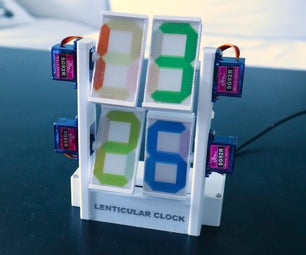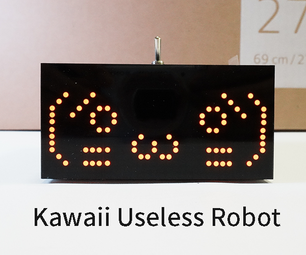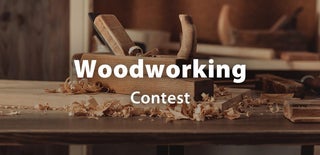Introduction: 2-way Audio Crossover
I designed a simple 2-way passive audio crossover, consisting of 2 power inductors and 2 capacitors. This makes for a second-order design or 12 dB/octave. This order is commonly used in passive crossovers as it offers a reasonable balance between complexity and response. Higher order audio filters are harder to design, because components interact with each other.
Supplies
Material:
-Custom PCB
-2 power inductors
-2 non polarized electrolytic or ceramic capacitors
-Solder
Tools:
-Reflow oven or a soldering iron (depends of your components choice)
Step 1: Schematics and Math
For the schematics design we need to calculate the component values. I used an online calculator for this task, with a crossover frequency of 4000 Hz. We could go lower on the crossover frequency but I want to better protect the tweeter from lower frequencies. After calculating the values I chose the nearest standard value. When choosing the power inductors you need to take in the account the maximum saturation current that can flow through the inductor.
Step 2: Custom PCB
I designed a custom PCB for the components I chose. The PCB features solder pads for both speakers and amplifier source. I aslo added mounting holes for later mounting in the speakers box.
Step 3: Component Soldering
The components are all surface mounted. To solder them I used indium solder paste and a reflow owen. I applied the solder paste to the PCB using a simple toothpick. The reflow owen must carfully follow the predifined solder paste temperature profile, which ensures good solder flow and connection.
Step 4: Finishing Up
The last thing to do is to connect the speaker to the crossover output and amplifier to the input. Crossover can now be mounted in the speakers box.

Participated in the
Audio Challenge 2020










